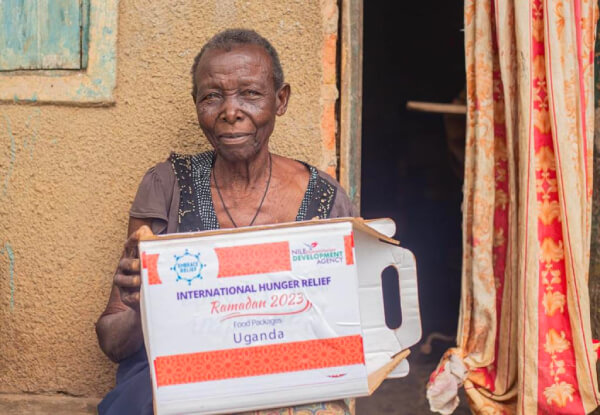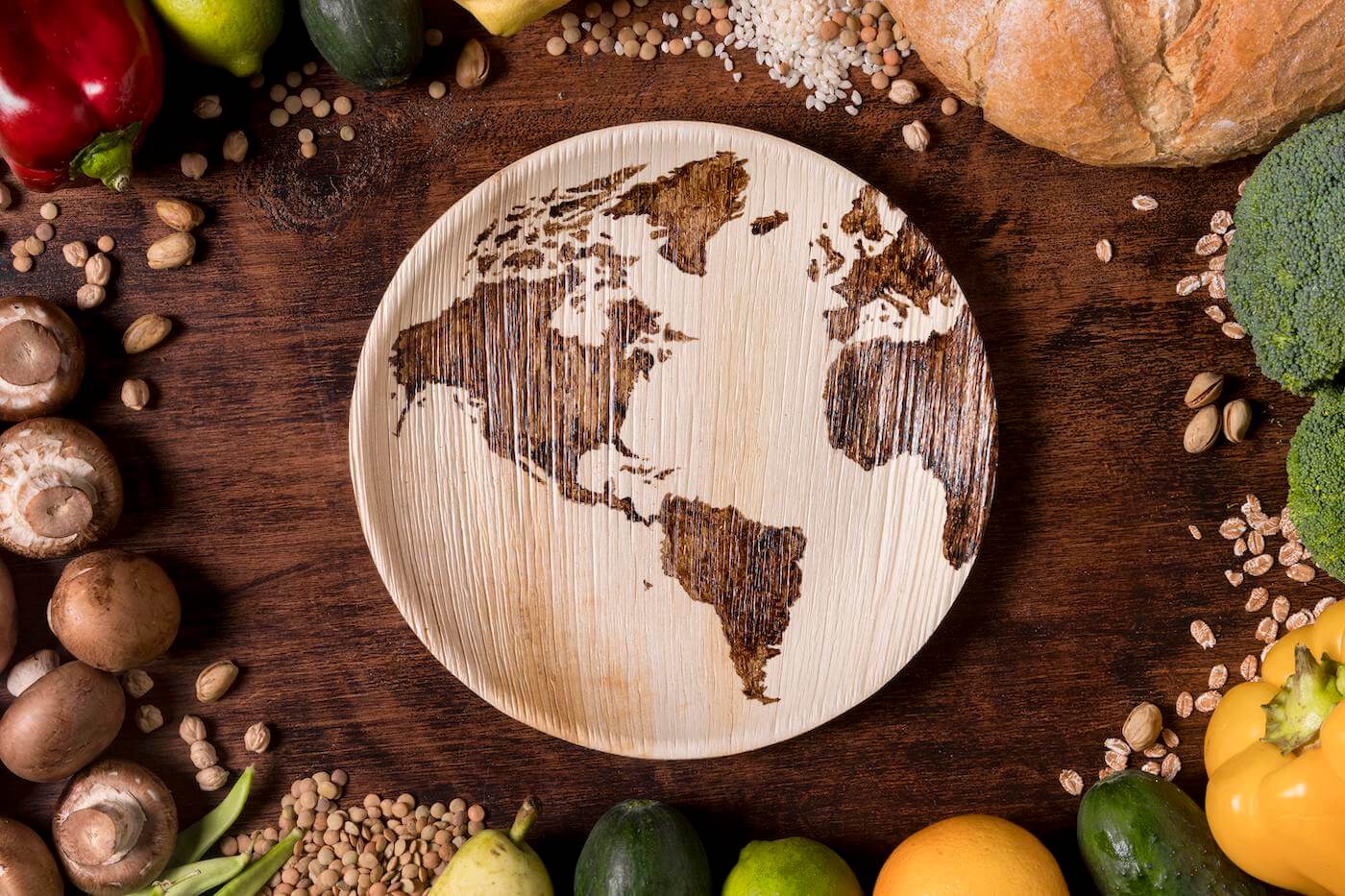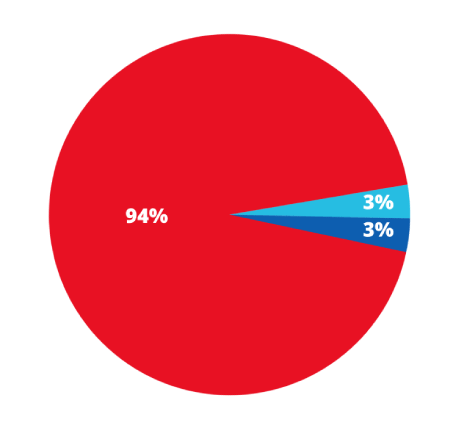The Concept of Zero Hunger
Zero Hunger is a global mission aiming to end hunger, achieve food security, improve nutrition, and promote sustainable agriculture by 2030. It’s one of the 17 Sustainable Development Goals (SDGs) adopted by all United Nations member states in 2015, reflecting a universal call to action to transform our world. Zero Hunger goes beyond addressing immediate hunger needs, focusing on sustainable food systems that benefit people and the planet.
Historical Context and Progress So Far
The battle against hunger has been ongoing for decades, with significant strides made towards reducing global hunger rates. The establishment of the Food and Agriculture Organization (FAO) in 1945 and the launch of the first World Food Programme in 1961 marked the beginning of organized global efforts. Despite progress, challenges like population growth, conflicts, and climate change have hindered efforts. The Zero Hunger goal aims to consolidate and expand upon past successes, ensuring that no one is left behind.
Key Strategies for Achieving Zero Hunger
Sustainable Agricultural Practices
Promoting sustainable agriculture is crucial to increasing food production and improving the livelihoods of millions of small-scale farmers. This involves adopting practices that increase productivity, are resilient to climate change, and minimize environmental impact.
Nutritional Programs
Improving nutrition involves ensuring that people have access to a variety of foods that meet their nutritional needs. This includes programs targeting malnutrition in children, pregnant women, and vulnerable populations.
Food Waste Reduction
A significant portion of the food produced globally is wasted. Strategies to reduce food waste include improving food storage and transportation methods, promoting consumer awareness, and supporting food redistribution programs.
Policy and International Cooperation
Achieving Zero Hunger requires coordinated policy efforts at the national and international levels. This includes investment in agricultural infrastructure, support for smallholder farmers, and international trade agreements that promote food security.

How to Get Involved in the Mission
Support Local Food Banks and Charities
Donating to and volunteering with local food banks and charities are direct ways to help those facing hunger in your community.
Advocate for Policy Change
Advocating for policies that support sustainable agriculture, nutrition programs, and food aid can have a lasting impact. This can involve writing to legislators, participating in campaigns, or raising awareness through social media.
Educate Yourself and Others
Educating yourself and others about the causes of hunger and sustainable solutions contributes to a broader understanding and support for the Zero Hunger mission.
Stories of Impact and Success
Stories from around the world illustrate the impact of efforts towards Zero Hunger. For instance, community-led initiatives in sub-Saharan Africa have empowered smallholder farmers through access to technology and markets, significantly increasing food production. Nutrition programs in South Asia have reduced child malnutrition rates, demonstrating the success of targeted interventions. Check out our blogs for more success stories!

Further Resources
The mission of Zero Hunger is ambitious but achievable with collective action. Everyone has a role to play, from individuals to governments and international organizations. For further information and to get involved, resources are available through the United Nations, the World Food Programme, and various NGOs (like Embrace Relief) dedicated to ending hunger. Together, we can make Zero Hunger a reality, ensuring a future where everyone has access to the nutrition they need to lead healthy, productive lives.























